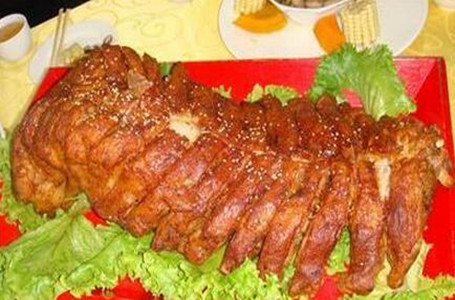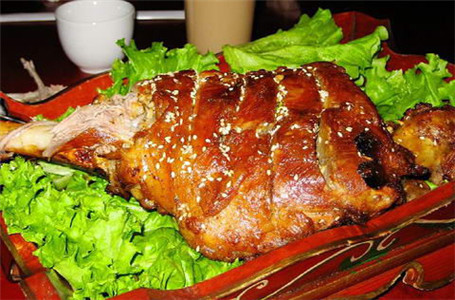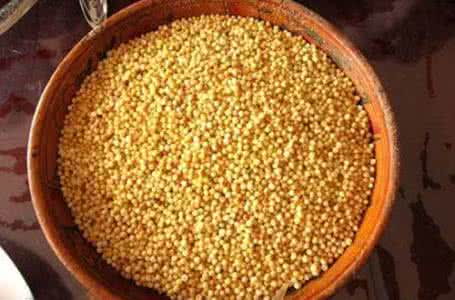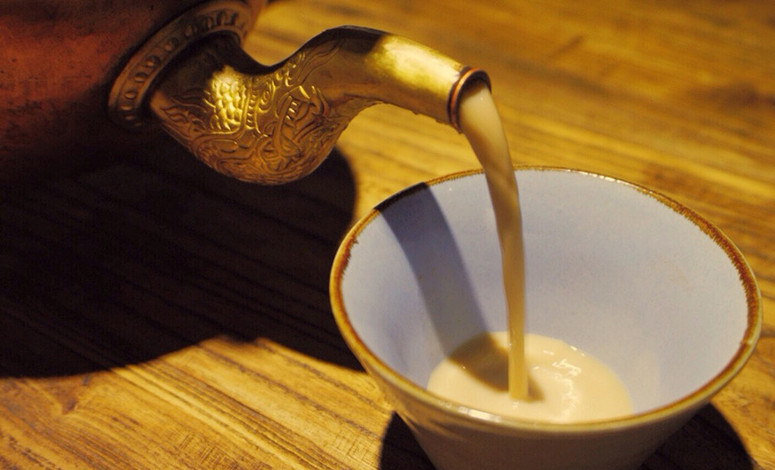Ordos food
Updated: 2017-03-28  Print
Print 



1、

Yangbeizi (cooked mutton in chunks in a special way), are usually served at three occasions in Inner Mongolia: in banquets, being presented as gifts, or as tributes. Sheep with big tails, medium-weight sheep, and lamb under one year old, are used respectively.
Yangbeizi banquets are grand and exciting events. Before the meal, the host offers greetings to guests, then a junior or attendant, with a silver Mongolian knife, cuts a few pieces of mutton from the head of the sheep and offers it to the leaders or elders. After finishing the etiquette of offering sacrifices to gods or ancestors, the sheep's head will be removed, the meat on its back will be cut in a certain order, and then the banquet begins.
The cooking process is as follows: slaughter the sheep, remove the wool, gut and hooves, and divide the sheep into eight chunks - the skull, chest, back, waist, tail, legs, and limbs. After being cooked, they are placed together to form the shape of a whole sheep.
2、

Hand-grabbed cooked mutton, one of the most popular foods for Inner Mongolian people, derives its name from the habit of eating with the hands.
The cooking process is very simple: cut the mutton into handy chunks, boil them in cold water, skim off the fat from the soup, and seasoning to taste, and then boil until they are nearly well-done.
Mutton quality depends on the quality of the pasture. The mutton of sheep fed with thymes, for example, is usually fresh, tender and savory.
3、

Stir-fried millet, or "Horisenbada" in Mongolian, is a favorite food among the people of Inner Mongolia. It is made from millet after being boiled, fried and crushed. Depending on slightly different cooking methods, it can be divided into crispy stir-fried millet and hard stir-fried millet.
The natives usually eat the stir-fried millet with Mongolian milk tea. They pour the aromatic milk tea into the stir-fried millet, and drain the tea until the millet is soft, then mix it with butter, and brown sugar. The combination of sweet and sour flavors is a fantastic experience for the palette.
4、

"Better a day without food than a day without tea." Mongolian milk tea, or Suutei tsai in Mongolian, forms an important part of Inner Mongolian people's daily cuisine, which they drink every morning.
Inner Mongolian natives usually mix milk tea with some stir-fried millet. After drinking some for a while, they cut small pieces of cooked lamb or beef boiled the day before and soak them in the tea to eat together.
Mongolian milk tea tastes clean and leaves with no mutton aftertaste. When boiling milk tea, crumble the tea first, and boil it for a while. Then, filter out the tea stalks and add fresh milk and an appropriate amount of salt. Boil again for a moment until it turns shallow brown.
The tea helps remove fatigue, improve appetite and digestion, lower blood pressure and prevent arteriosclerosis.





 Ordos Impression
Ordos Impression Ordos WeChat
Ordos WeChat Ordos Reported
Ordos Reported


